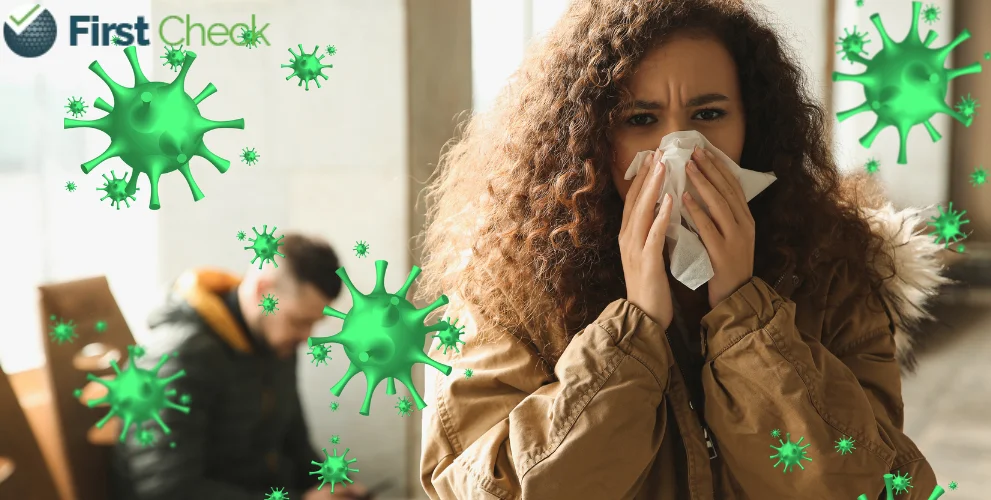The latest global technical consultation report addresses the issue of not having a consistent language to describe the spread of airborne pathogens.
During the COVID-19 pandemic, different groups used different words to talk about how pathogens spread through the air. This caused massive confusion. A global technical consultation report by the World Health Organization (WHO), released last week, addresses the issue of not having a consistent language to describe the spread of these pathogens.
As per the WHO report, pathogens that transmit through the air will be referred by the term ‘infectious respiratory particles’ (IRPs). Individuals infected with a pathogen, during the infectious stage of the disease (the source), can generate particles containing the pathogen, along with water and respiratory secretions. Such particles are described as potentially ‘infectious particles’.
The new report, developed in consultation with scientists under a WHO Technical Consultation Group, introduces “airborne transmission/inhalation” as the standardised term for infectious respiratory particles emitted into the air and breathed in. This term applies regardless of whether particles capable of infecting others travel a few feet or many yards from the infected person.
“IRPs exist on a continuous spectrum of sizes, and no single cut off points should be applied to distinguish smaller from larger particles, this allows to move away from the dichotomy of previous terms known as ‘aerosols’ (generally smaller particles) and ‘droplets’ (generally larger particles),” the report elucidates.
It further states that the descriptor “transmission through the air” can be used to describe the mode of transmission of IRPs through the air. Under this description, two options are available. First, airborne transmission/inhalation, wherein IRPs expelled into the air enter, through inhalation, the respiratory tract of another person and potentially cause an infection. Second, direct deposition, wherein IRPs expelled into the air following a short-range semi-ballistic trajectory are directly deposited on the exposed facial mucosal surfaces (mouth, nose or eyes) of another person, and enter the human respiratory tract to potentially cause an infection.
Experts concur that it is important to have clear terminology and a shared understanding as a basis for developing effective policy to prevent infections and be better prepared for future pandemics.
Read More: Fact-check: Paternal smoking, obesity can harm unborn babies


